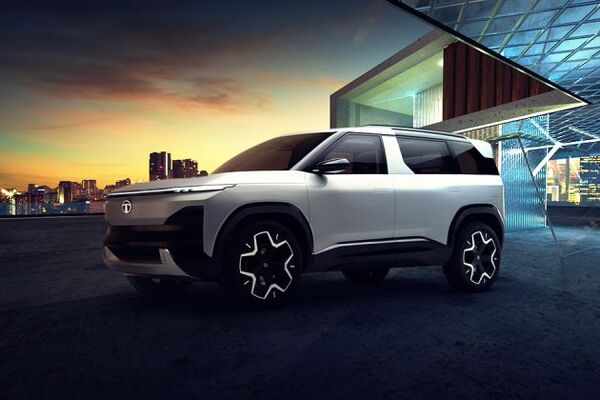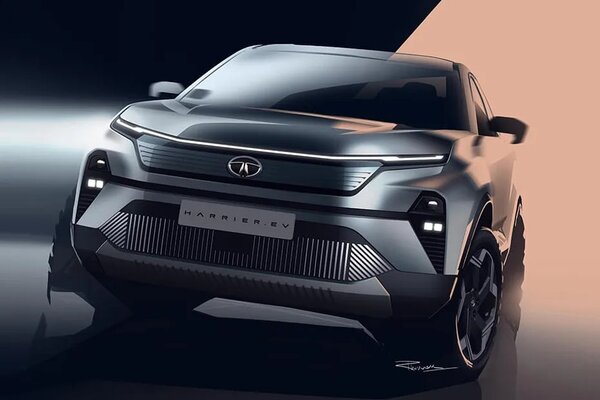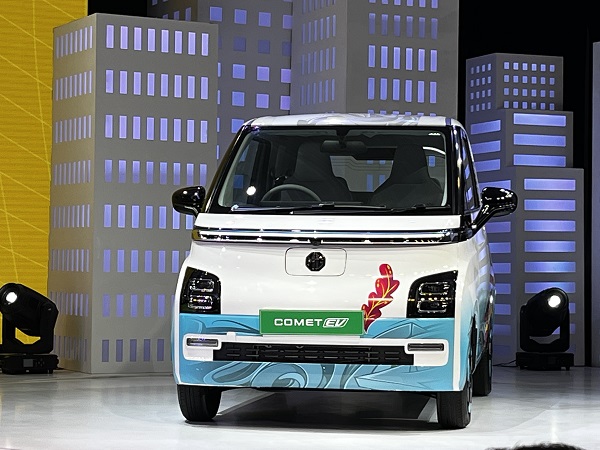Blog: No respite for automotive manufacturing; Make-in-India long-term solution
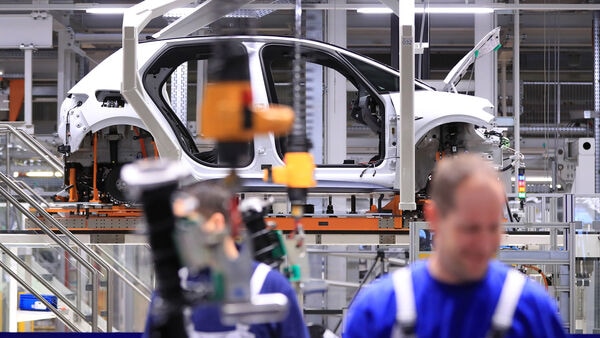

The global auto industry was still coming to terms with semiconductor or integrated circuit (IC) shortages that had begun in 2020, following the pandemic’s onset. Europe’s largest automaker Volkswagen, for example, scaled back production levels, making 800,000 fewer cars in Q3 2021, representing a 35 percent cut on pre-IC shortage levels. Toyota, meanwhile, announced an even higher scaling back. The Japanese automaker said, in October 2021, that it would reduce production by 40 percent. Similar was the case at Honda too.
Around the same time, BMW said it expected the IC supply chain challenges to continue well into 2022. And to sustain operations amid lower production levels, Mercedes-Benz placed over 5,000 assembly line workers on vacation at their two Brazilian facilities – all in bid to tide over IC shortages. So, why has their shortages severely impacted the automotive industry?
Also check these Vehicles
Semiconductors in cars control an array of functions – from complex engine management to even controlling power seats and outside rear view mirrors. These tiny products are manufactured from ‘pure elements’ such as silicon, germanium, palladium, and neon, among others. But there is now an even greater threat playing out – one that could lead to further IC delays and shortages, and therefore, new car deliveries.
Threats stemming from the Russia-Ukraine situation
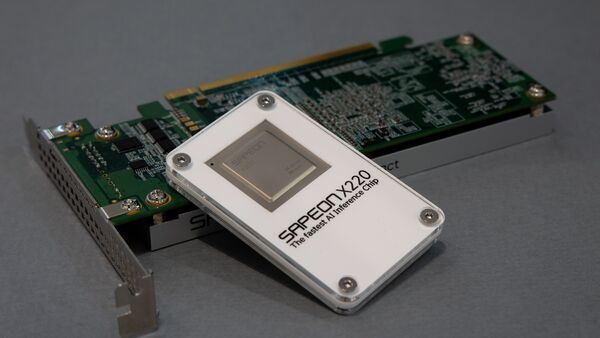

Following the onset of the Russia-Ukraine situation earlier in February, the semiconductor industry was once again in the spotlight. This time around, it wasn’t on account of supply chain disruptions but because of the materials that go into IC production. The largest production shares globally of two major raw materials – namely, palladium and neon, are accounted for by Russia and Ukraine.
Besides its usage in ICs, palladium is also used in automotive exhaust systems. It is used in catalytic convertors to absorb noxious exhaust emissions. An estimated85 percent of total global palladium production is directed towards the manufacturing of catalytic converters. Even gold prices pale in comparison to palladium prices; the mineral is now trading at over45-54 percent of the world's semiconductor-grade neon, which is supplied by two Ukrainian firms called Ingas and Cryoin. Total global neon consumption clocked 540 metric tons in 2021. Both firms have shuttered operations for now – meaning almost 50 percent of total global supply is now unavailable. The obvious outcome is a steep climb in neon prices; they have risen almost500 percent since December 2021.
A further blow to the auto sector is on account of its dependence on nickel. And as it happens, Russia is also theworld’s largest nickel producer – a key component in electric vehicle batteries. There was a sharp spike in nickel prices, so much so that the London Metal Exchange halted trading on 16 March when nickel prices hit an astronomical 130 percent, and that cobalt, lithium and aluminum had registered increases of 16-88 percent in the current year.Russia is also a major exporter of iron and aluminum. Both minerals are extensively used in auto production.
Elon Musk tweeted in March 2022 about the rapid surge in input costs. Soon after, Tesla raised prices for all its models by as much as10 percent. Afurther increase was announced in April 2022 for its models that used nickel-based batteries.
With the conflict showing little signs of abating, the ready availability of several auto industry related materials hang in limbo. But material shortages are only the tip of the iceberg. There are further challenges to overcome given the severe sanctions imposed on Russia.
The impact from sanctions
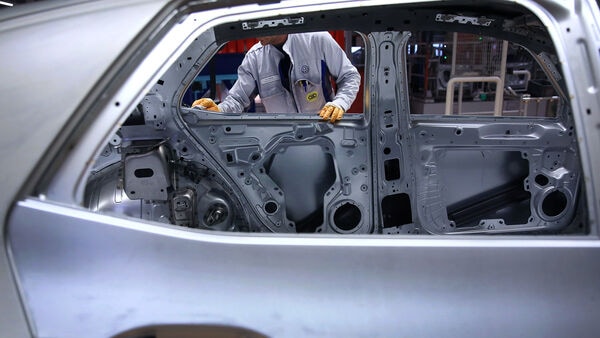

Western economies, joined by the likes of Singapore, announced sanctions on Russia. Volkswagen and Toyota announced suspension of their Russian manufacturing operations while several others like Renault, Mercedes-Benz and Volvo said they would halt sales there. But the economic sanctions are going to have a wider impact, affecting even those automakers that neither manufacture nor sell in Russia. Tesla, once again, is an apt example.
The electric car leader began sourcing aluminum for its body shells from Rusal – a Russian metals behemoth owned by now sanctioned oligarch Oleg Deripaska, in 2020. The aluminum was being used at its newly established gigafactory located near Berlin in Germany. And Germany also has sanctions in place against Russia. This quagmire was, perhaps, one of the reasons that led Elon Musk to challenge the Russian president to “single combat".
Closer home, Indian automakers will likely not face severe outcomes from sanctions on Russia. But IC shortages are certainly going to affect delivery schedules. In what has already become the norm, waiting periods for new vehicle deliveries stretch to several months.
There is a possible solution in the works with Tata Motors currently in discussion with several state governments to build 250,000 jobs, and to over a million indirectly. But what remains unaddressed is from where it will source the needed raw materials that are already mired by shortages and plant closures.
Is there respite in sight?
The Russia-Ukraine situation has only exacerbated the global auto industry’s woes. Barely had it recovered from pandemic-led challenges when another major threat arrived on the scene. While geopolitical tensions persist, consumers are bearing the brunt of record inflation levels. In the US, for instance, inflation levels are currently at a 40-year high.
For an already overburdened consumer, and new car delays likely to continue, the used car segment is poised for solid growth worldwide. Used car prices have risen 42 percent in the US since the pandemic’s onset with their average price now being US$28,205.
However, for the aggregate auto industry to experience a revival to pre-pandemic levels, there is need for peace and stability to prevail. Going by historical events, geopolitical tensions have offered little by way of positive outcomes.
– Amit Kumar is CEO at OLX Autos India.







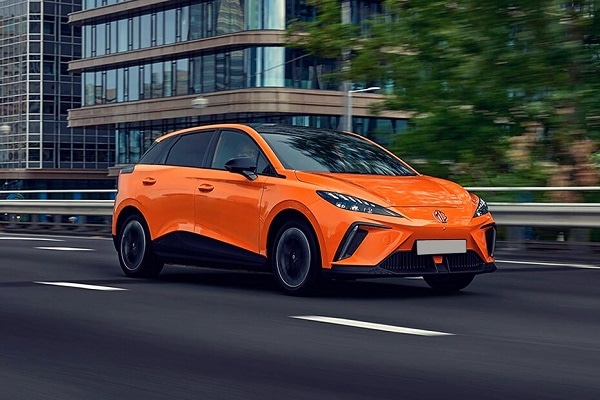
 64kWh
64kWh 350 km
350 km